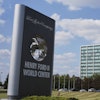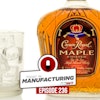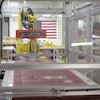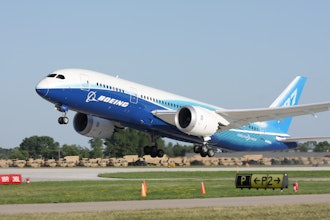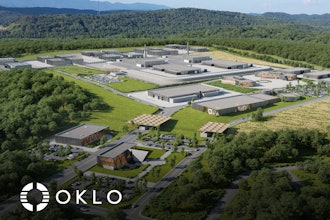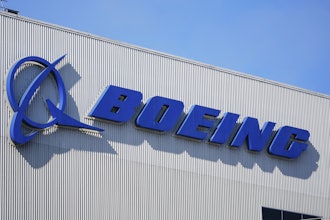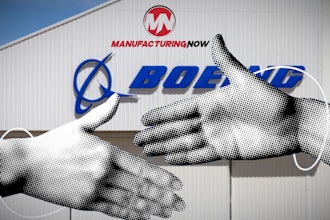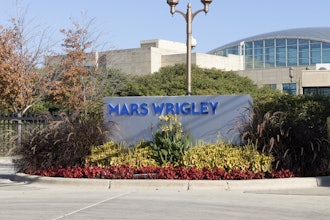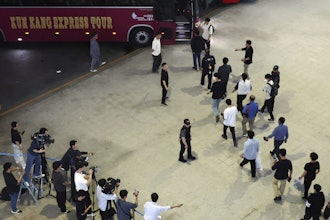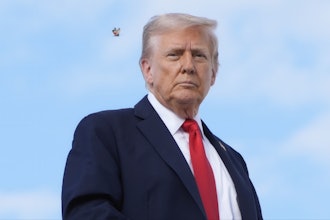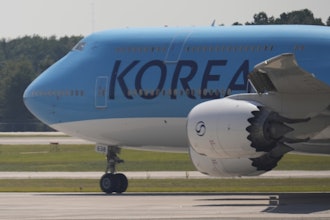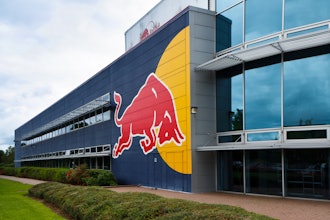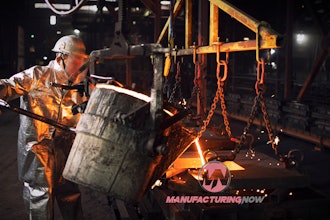NEW YORK (AP) -- All the talk about a "jobless recovery" being ahead for the economy misses the point. There won't be much of a recovery at all if the labor market stays in such dire straits.
You don't need to be an economist to understand why the nation's joblessness is the biggest hurdle to reviving growth.
The official U.S. unemployment rate is at 9.5 percent and climbing, and it stands at a startling 16.5 percent when you add in discouraged Americans who have stopped looking for work and those who want to work full time but can only find part-time jobs. No wonder consumer spending has flatlined. That only perpetuates the crises in the housing and banking sectors.
"Everything that got us into this recession is made worse by weak job conditions and any hopes we have of climbing out of this recession will be hindered by the same," said Niko Karvounis, a policy analyst at the New America Foundation, a nonpartisan think tank based in Washington.
The deep recessions that started in 1973 and 1981 were followed by a burst of hiring about six months after the peak in job losses. That wasn't the case in 1991 and 2001, when shallower recessions were followed by nearly two years of woes for workers.
The term "jobless recovery" grew from those latter experiences. Even though the economy was looking stronger, plenty of Americans didn't feel much relief because they still didn't have jobs.
Part of that shift in post-recession employment had to do with structural changes in the economy. The manufacturing sector lost prominence to the service sector over the years. The diminished role of unions also was a factor.
"Manufacturers tend to have a deeper job cuts in a downturn and they have a sharper upturn," said David Wyss, chief economist at Standard & Poor's in New York. "The service sector does layoffs later but hires later, too."
Many economists are forecasting a "jobless recovery" for the United States as it emerges from the recession that began in December 2007. That includes the Federal Reserve, which on Wednesday bolstered its outlook for economic growth. The central bank now predicts the economy will shrink between 1 percent and 1.5 percent this year, less than it had previously forecast. It also is predicting the economy will expand as much as 3.3 percent next year, a relatively weak showing coming out of a recession. One reason why: The Fed expects the unemployment rate to move above 10 percent this year and remain stuck in the high 9 percent range in 2010.
But can the economy really grow stronger in the face of such joblessness?
Researchers at the Federal Reserve Bank of San Francisco have found that the current recession is much like its predecessors in the overall pace of job losses. But what is different is a historically low level of hiring this time around, which means many of the newly unemployed can't find new jobs.
At the same time, there are high levels of involuntary part-time workers. The fraction of the labor force that is working part time for economic reasons has nearly doubled to 5.8 percent in June of this year from when this recession began in December 2007. More than half of such workers faced reductions of five hours or more per week, according to the Fed report.
To see that at work, look at the many private and public entities using job furloughs, or short-time hiatuses, to reduce costs. Just this week, US Airways asked 400 flight attendants to take furloughs in an effort to avoid layoffs in that group. Workers at Gannett Co., CSX Corp. and many others have also faced furloughs.
All this presents a problem for the U.S. government, which has been trying to bolster the economy through monetary and fiscal stimulus. The Fed has cut interest rates to near zero, while President Barack Obama's $787 billion stimulus package reduced taxes and increased government spending after an earlier Bush administration plan to distribute $168 billion in cash through tax rebates had little lasting impact.
None of that has been "labor intensive enough," argued economist Nouriel Roubini in a note to his clients at his economics analysis firm RGE Monitor. Roubini, who is also an economics professor at New York University, was ahead of the pack in 2006 when he forecast that the worst recession in four decades was on its way.
Deutsche Bank chief U.S. economist Joseph LaVorgna points out that the ratio of household debt to income now stands at 128 percent, much higher than in the final quarters of the last two recessions. That will inhibit consumers' ability to take on debt again, which helped drive those previous recoveries.
It also amounts to another hurdle to a housing rebound. That will intensify the pressure -- and make them think twice about boosting lending to both consumers and businesses.
Even though Congress and the Obama administration haven't shown any inclination to push for another stimulus package, they may have to act again with a plan directly aimed at creating jobs if the unemployment rate stays stubbornly high.
They may want to look at the success in China, where second-quarter growth accelerated 7.9 percent from a year earlier on a stimulus-fed investment boom. That plan included big spending on construction of highways and other public works.
In the U.S., money could be pumped into industries to make them more productive or there could be a further ramping up of spending on infrastructure projects. It also could mean more targeted tax cuts, including some aimed at businesses.
None of that will be cheap. But something has to be done to bring jobs back, for the entire economy's sake.
